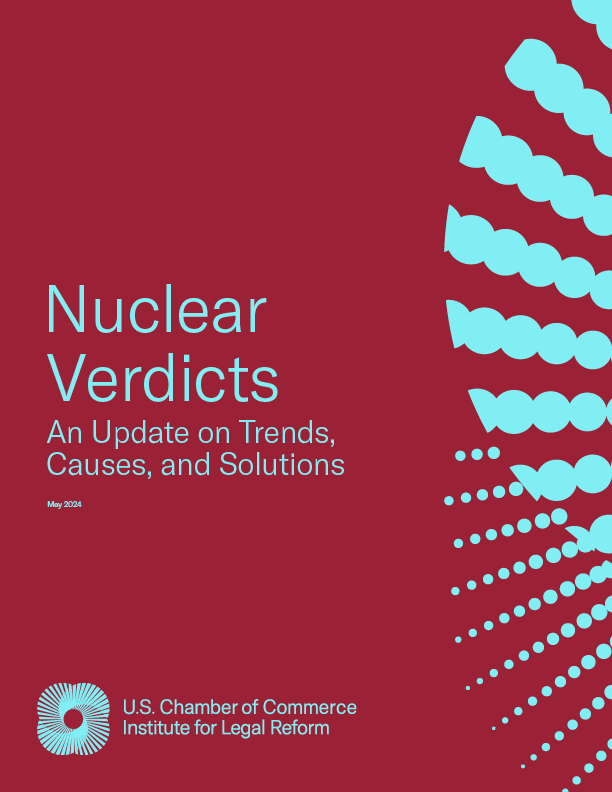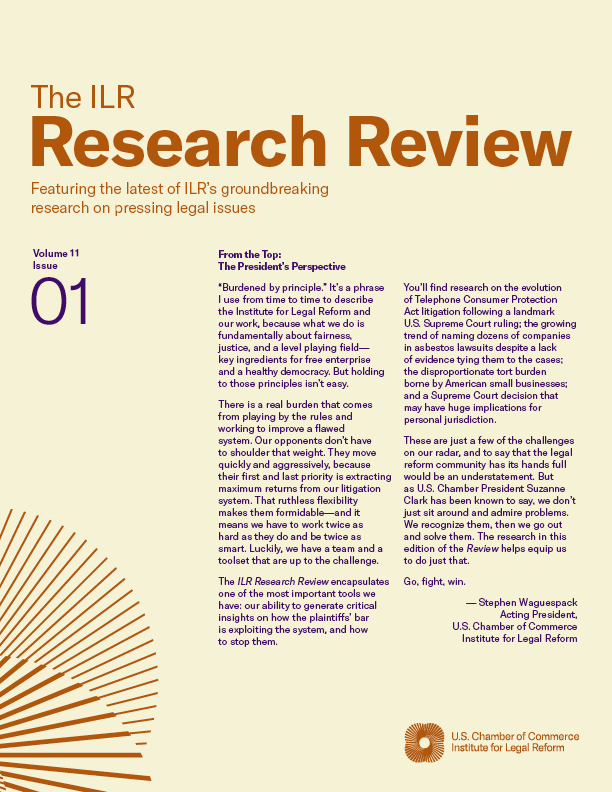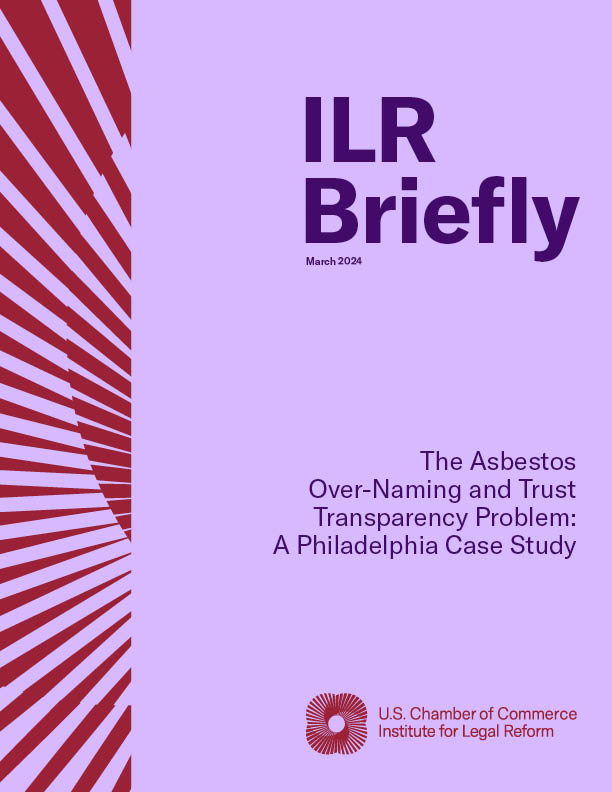State supreme courts shape American tort law. They have the primary role in developing rules governing liability, causation, the scope of defenses, and calculation of damages. These case-by-case rulings not only impact the individuals before the court, they have a broader impact on the law, the economy, and the public.
Laboratories of Tort Law: A Three-Year Review of Key State Supreme Court Decisions finds that some courts adhere to traditional principles or carefully evolve the law to meet changing times, but other courts have experimented with unprecedented expansions of liability. Tort scholars Victor E. Schwartz and Cary Silverman from Shook Hardy & Bacon, L.L.P, explore recent key decisions in this research, highlighting stark contrasts in judicial philosophy between sister courts. The profiled rulings span a wide range of issues. Examples include:
- The New York Court of Appeals rejected a cause of action for medical monitoring, applying the fundamental principle that a person who is not physically harmed does not have a tort claim. The Missouri Supreme Court, however, joined West Virginia in allowing individuals to recover cash awards for exposure to a hazardous substance.
- The high courts of Wisconsin and West Virginia allowed plaintiffs to recover “phantom damages”—billed rates of medical expenses that no one actually paid, while the California Supreme Court rejected such inflated awards for the “simple reason that the injured plaintiff did not suffer any economic loss in that amount.”
- The Nevada and West Virginia high courts abandoned a traditional tort rule that recognizes that businesses and homeowners have no duty to warn visitors of “open and obvious dangers” on their property. The Nevada ruling could even require homeowners to compensate people who are injured when trespassing. By way of contrast, the Illinois Supreme Court threw out a multi-million dollar award to a teenager who repeatedly attempted to jump onboard a moving train, an obvious danger, to impress his friends.
- Massachusetts’ high court allowed plaintiffs’ lawyers to use the state’s consumer protection statute to circumvent the proof of negligence needed to recover in a personal injury or wrongful death action. The Alaska Supreme Court found that consumer laws were never intended for such situations and that allowing their use in this manner would circumvent reasonable constraints on tort liability.
State legislatures typically step in to set tort law rules only when court-made law becomes highly imbalanced. “Tort reform,” the authors find, is the exception, not the rule. State supreme courts often respect the policy choices of elected officials, but some have nullified rationally-based legislative judgments.
State supreme courts should develop tort law in a sound, reasonable, and predictable manner. They can do so by adhering to precedent, maintaining objective rules, carefully considering the broader impact of proposed expansions of liability, and valuing the role of the legislature.
As the New York Court of Appeals recognized, “This Court undoubtedly has the authority to recognize a new tort cause of action, but that authority must be exercised responsibly, keeping in mind that a new cause of action will have both ‘foreseeable and unforeseeable consequences, most especially the potential for vast, uncircumscribed liability.’”
View PDF


